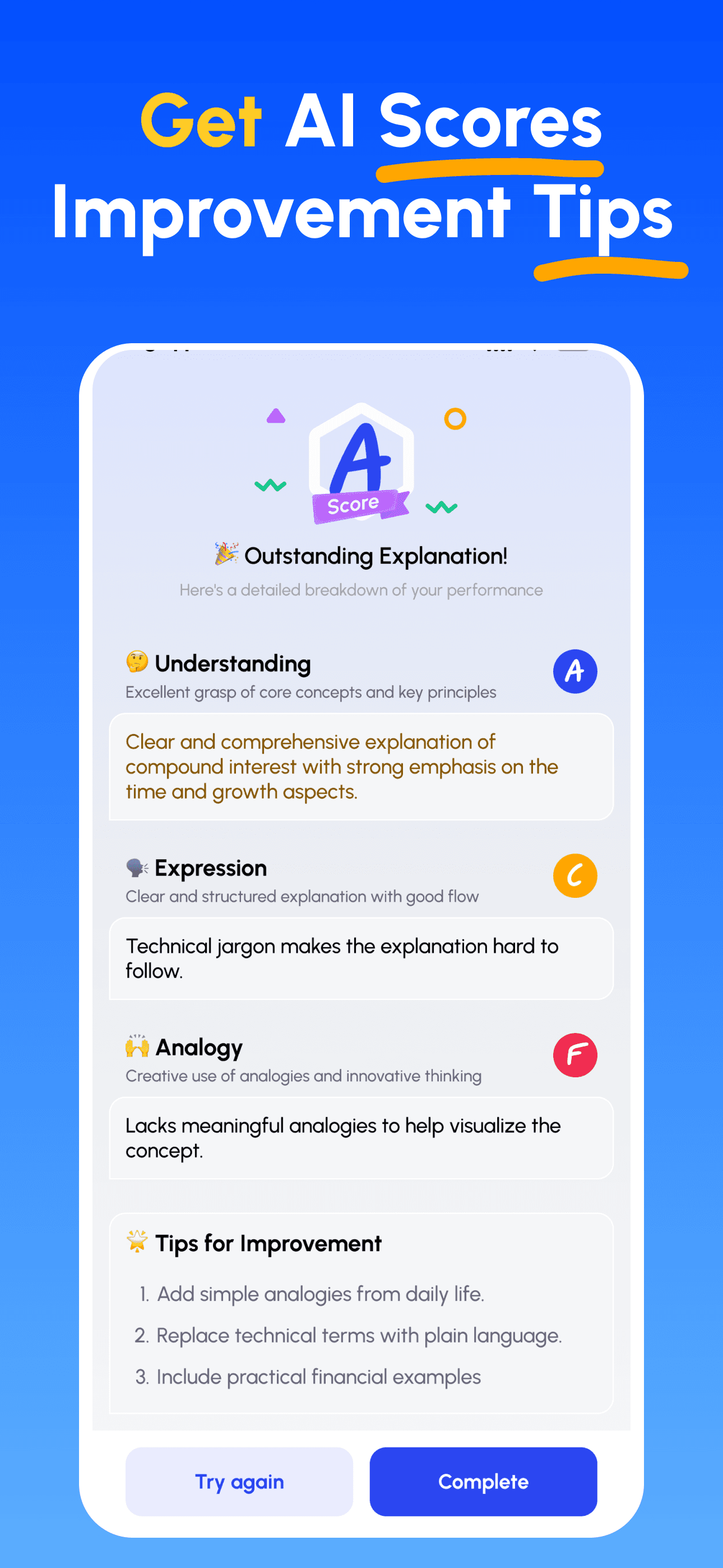Simple Circuits
A simple circuit is a closed path that lets electricity flow from a power source through things and back again.
Brief Introduction
Think of a simple circuit like a circular track where electricity runs, similar to water flowing through a loop of pipes. It needs three basic things: a power source (like a battery), a path for electricity to flow (wires), and something that uses the electricity (like a light bulb). This setup allows us to power everything from flashlights to toys. 🔋
Main Explanation
The Power Source 🔋
Every circuit needs something to push electricity around, like a battery or solar cell. It's like a pump that pushes water through pipes - the battery pushes electricity through wires. A 1.5V battery in a flashlight is a perfect example.
The Pathway ⚡
Wires in a circuit are like pipes for electricity. Just as water needs an unbroken pipe to flow, electricity needs a complete path to travel. If there's a break anywhere, like when you flip a light switch off, the circuit is 'open' and won't work.
The Load 💡
Something needs to use the electricity - this is called the load. It could be a light bulb, motor, or speaker. It's like putting a water wheel in a stream - it uses the flowing energy to do something useful.
The Complete Loop 🔄
Electricity must flow in a complete circle, from the power source, through the load, and back to the power source. If any part is disconnected, just like a broken circle, the circuit won't work.
Examples
- A battery-powered flashlight: When you flip the switch, you complete the circuit, connecting the battery to the bulb through metal contacts, making the bulb light up. 🔦
- A doorbell circuit: Pressing the button connects the wires, completing the circuit and making the bell ring. When you release it, the circuit breaks and the ringing stops. 🔔
- A desk lamp: Plugging it in connects it to house power, and the switch creates or breaks the circuit to turn the light on or off. 💡
How Feynman AI Guides Your Learning
- Choose Any Concept: Start from a topic you want to master — browse curated subjects or enter your own.
- Learn Essentials: Skim clear, structured explanations, key terms and common pitfalls to form a solid mental model.
- Explain & Get Feedback: Record your explanation (voice or text). Get instant analysis on depth, clarity, structure and example quality.
- Review Scores & Improve: Follow targeted tips, refine your explanation and iterate until you can teach it simply.
Download Feynman AI Now
Start your learning journey today!




